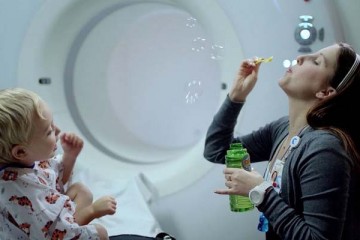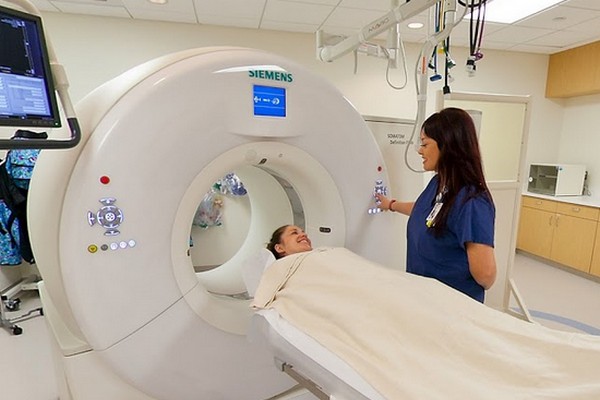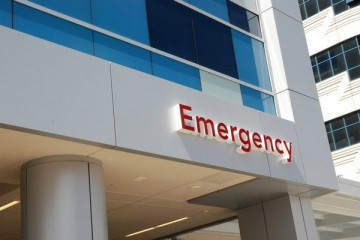 As part of your child’s medical care, he or she might need to undergo an imaging study or scan to diagnose the presence or absence of disease. Some of these imaging tests use radiation such as X-rays, fluoroscopy, nuclear medicine studies or CT scans. You may be concerned about the potential risks from radiation exposure in imaging tests.
As part of your child’s medical care, he or she might need to undergo an imaging study or scan to diagnose the presence or absence of disease. Some of these imaging tests use radiation such as X-rays, fluoroscopy, nuclear medicine studies or CT scans. You may be concerned about the potential risks from radiation exposure in imaging tests.
“Imaging exams are often necessary to diagnose injury or disease in your child,” said Dr. W. Nathan Holmes, chair, department of radiology at CHOC. “However, it’s important to ask the imaging facility what pediatric safety protocols they follow.”
While studies suggest that there is a very small risk over one’s lifetime associated with large exposures to radiation, no study has shown a measurable risk from the small amounts used in a single diagnostic imaging examination. If done using pediatric safety guidelines, the benefit to your child will greatly outweigh the risk of being exposed to a small amount of radiation.
To determine if the benefit is worth the risk, there are some questions you should ask your child’s doctor and imaging facility, including:
Is the facility familiar with imaging children?
Children should have examinations properly tailored for their size. Years of experience and research have shown that it is not necessary to use adult-sized doses of radiation to obtain high-quality images in children. Ask if the facility’s imaging equipment is calibrated for kids and what protocols they use to minimize your child’s exposure to radiation.
Is the facility accredited by the American College of Radiology (ACR)?
Accreditation by the ACR ensures the facility uses a high standard of image quality, ongoing oversight by a medical physicist and proper monitoring of radiation exposure.
Does the facility follow Image Gently ® guidelines?
The Image Gently® campaign was launched in 2008 to raise awareness about methods to reduce radiation dose during pediatric medical imaging exams. The Image Gently group provides information about safe pediatric imaging examinations for radiologic technologists, medical physicists, radiologists, pediatricians and parents.
Is the imaging test medically necessary?
If the answer is yes, then the benefit will most certainly outweigh the risk
Can previous tests substitute for this exam?
If your child has had other exams that your doctor is not aware of, make sure your doctor receives copies of those exams. You may be able to avoid repeating exams your child has already undergone.
Are there alternative exams that do not require radiation?
Ask your doctor if ultrasound or MRI can be substituted. These tests do not use radiation.
















